Being a professional in a discipline as demanding as cyclocross has many challenges. We interviewed cyclocross professionals Clara Honsinger and Amy Perryman to learn the challenges they face and how they rise above.
Honsinger is the three-time and reigning U.S. National Cyclocross Champion, as well as a former winner of Koppenbergcross.
Perryman is a first year elite who has competed internationally and at the World Cup level since age 17.
Early Days
Even in the early moments of their cyclocross careers, both Honsinger and Perryman faced challenges.
“Cyclocross has a rather high barrier in the amount of equipment it requires,” said Honsinger. “As you get better and better, you want the second bike, the wheels.”
Honsinger overcame this barrier via community help. “Luckily I was able to find people who helped, either loaning me equipment or selling it at good prices,” said Honsinger. This was Honsinger’s first inkling of what she would later learn: cyclocross community and relationships are key.
Likewise, Perryman struggled early on, finding no roadmap for elite development. “I didn’t know the process and the pathways to get you racing abroad and making steps in a career,” said Perryman. “You don’t know which races you need to do to get entry to the next races or what UCI points are. Sometimes it was taking leaps of faith."
Women in Cycling
Honsinger and Perryman started cyclocross while major changes were ongoing for women in the discipline.
Honsinger joined the elite ranks as a U23 rider and her entry was well-timed. There were opportunities for her to compete for U23 titles at Nationals, Continental Champs, and Worlds. Yet inequities remained.
“When I first started in World Cups, the women’s prize money only went 20 deep. In the men’s field, it went deep enough to pay the whole field,” said Honsinger. “Also, we would do races where they would finish us at 37 minutes. It felt like they didn’t believe what we were doing was real racing.”
However, Honsinger was aware that major changes had come about only recently: requiring a women’s race at the C2 level, moving the women’s race to a marquee time slot and adding television coverage. “Progress had been made,” said Honsinger. “Since then, we’ve gained
equal prize money and our race times are getting to the 55-minute mark.”
Honsinger also races road internationally and finds that cyclocross feels more equitable. “On the road, there still is a massive wage disparity,” said Honsinger. “Maybe it’s coming from riding with American teams initially, but I haven’t faced wage discrimination in cyclocross. The concept is you pay the athlete relative to their value in results. I never felt like, ‘We pay the male athletes this much and the ladies get what’s left over.’
Perryman, a first-year elite, notes the positive changes that have occurred even since she left the junior ranks.
“When I moved into juniors, we raced with the elite women. I was 16 and racing among the elites,” said Perryman. “That was really hard, quite daunting. You are instantly racing double the race time and triple the number of people. Quite often, you just get pulled out via the 80% rule.”
Nowadays all British Cycling National Trophy events have a separate junior women’s race. “This allows that extra stepping-stone before you turn into a U23, and has brought out more junior women,” said Perryman.
“As I’ve gotten older, the sport has progressed and the inequalities are getting less, but they still need addressing,” said Perryman.
In particular, Perryman pointed to the shortage of female cycling coaches. “Most people are coached by men,” said Perryman. “I’m coached by a man and it’s great coaching, but there are too few female coaches out there to choose from. It’s a male-dominated profession. Women understand that your menstrual cycle affects your training every single month. Having a female coach would really help.”
Losses
Professional riders must become skilled at managing disappointment and moving forward after poor races.
“To be honest, in cycling and in sport in general, you are going to lose more often than you are going to win,” said Perryman. “I’ve learned that I have to feel the emotions of anger, sadness, or frustration, but only for a bit. Let it sink in, and then just move on. Wallowing in your own sadness is very unproductive!”
Honsinger appreciates her team after disappointing races: “I think it requires having a good team around me when you do have a loss. They help reframe the loss and hold you to a standard. You can’t carry disappointment too long in a team environment because then it’s a bummer for everyone.”
Losses can be reframed as opportunities for growth. Recently, Honsinger finished runner-up at Pan American champs. After the race, she assessed her performance for weaknesses. “One thing was that the winner was able to ride the barriers. I asked myself how do I get comfortable enough to do that in competition. I’ve got a set of railroad ties spaced as barriers. Now, after every ride, I spend five, ten minutes working on bunnyhopping.”
The Team Behind the Athlete
Although it might seem like cyclocross is an individual sport, our athletes say it isn’t!
“Cyclocross is definitely a team sport, " said Honsinger. “Showing up to these races on my own, I wouldn’t even make it to the start line. That ties into the sustainability of the sport in the long run, working with people you can share highs and lows with, staying motivated to keep doing it.”
Perryman has benefitted from having people in her corner who believe in her.
“The past couple of years, I didn’t really believe in myself in racing,” said Perryman. “I actually think the most important factor is believing in yourself in racing. If your brain is not in check, your legs aren’t going to work.”
Perryman’s support network helped to grow her self-confidence.
“I think the main thing was having people around me who were positive and believed in me,” said Perryman. “There had been a few negative voices speaking. As a young female, these really get in your head, and it can spiral. Having one or two people say, ‘You could be really good, you just have to commit to it,’ helped me believe in myself.”
For Honsinger, the social aspect of cyclocross has made the sport sustainable. In fact, it was the team environment that caused her to sign for her current team, Team S&M CX. When EF Education-TIBCO-SVB folded in 2023, Honsinger returned to Team S&M CX, the team that kicked off her professional career.
“Team S&M CX were really the only team I seriously considered,” said Honsinger. “I had discussions about going to teams in Europe, but when I envisioned that, I never saw myself being truly happy. Team S&M CX riders and staff are my friends and the team is very professional with enough resources. It was an easy choice for me.”
Challenge is proud to support Honsinger and Perryman as they ride through the sport’s adversities.

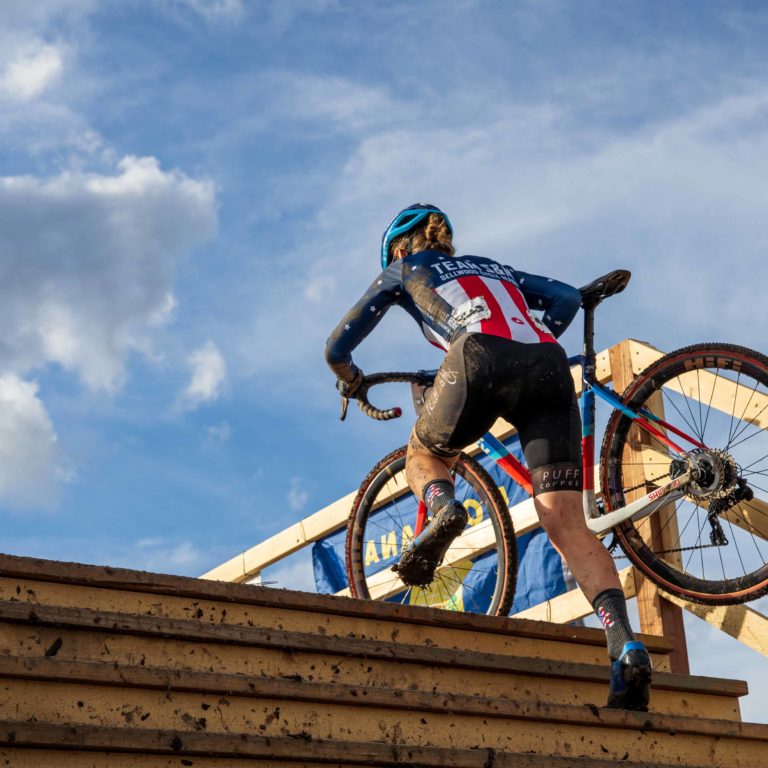
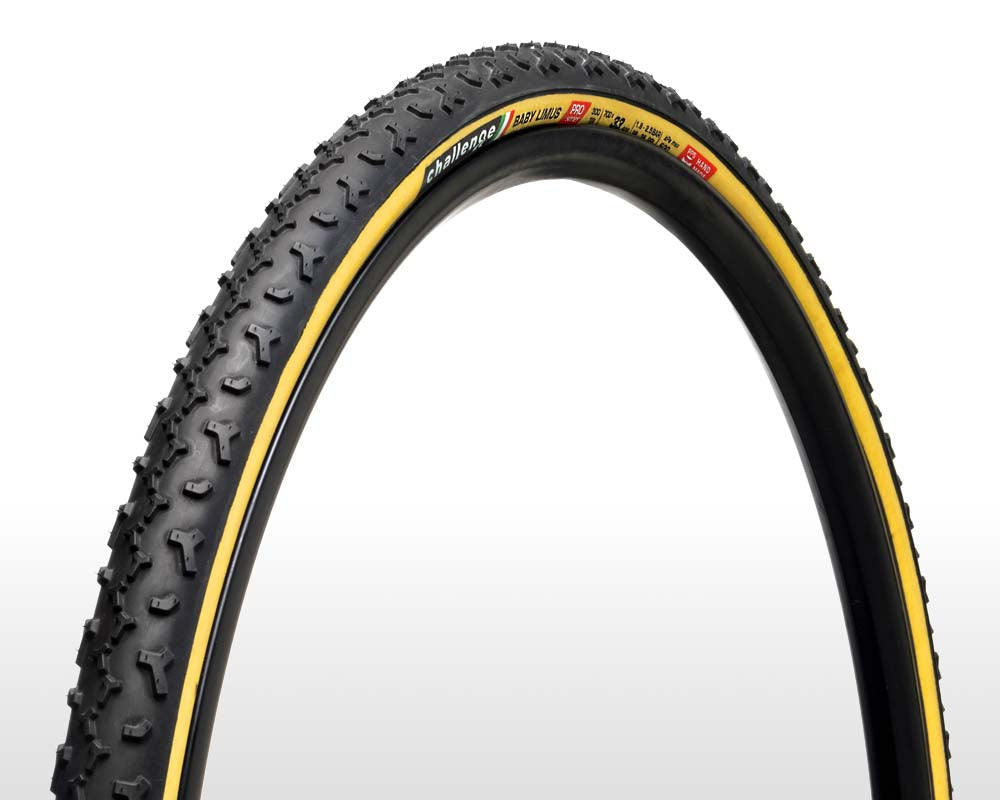

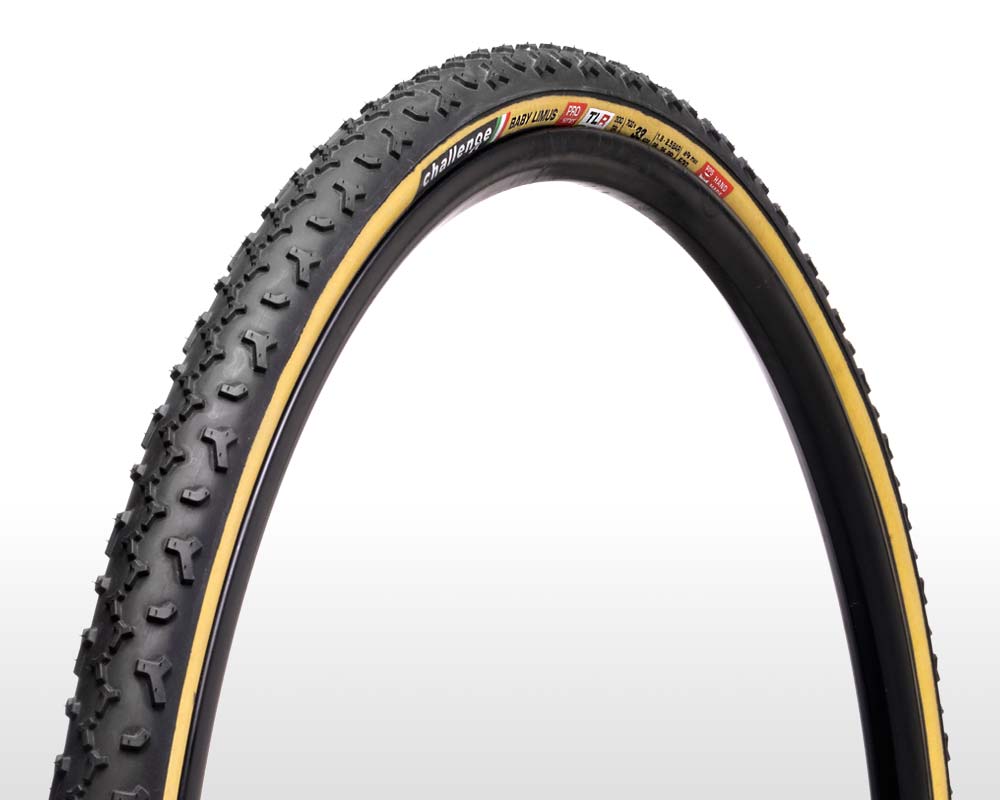
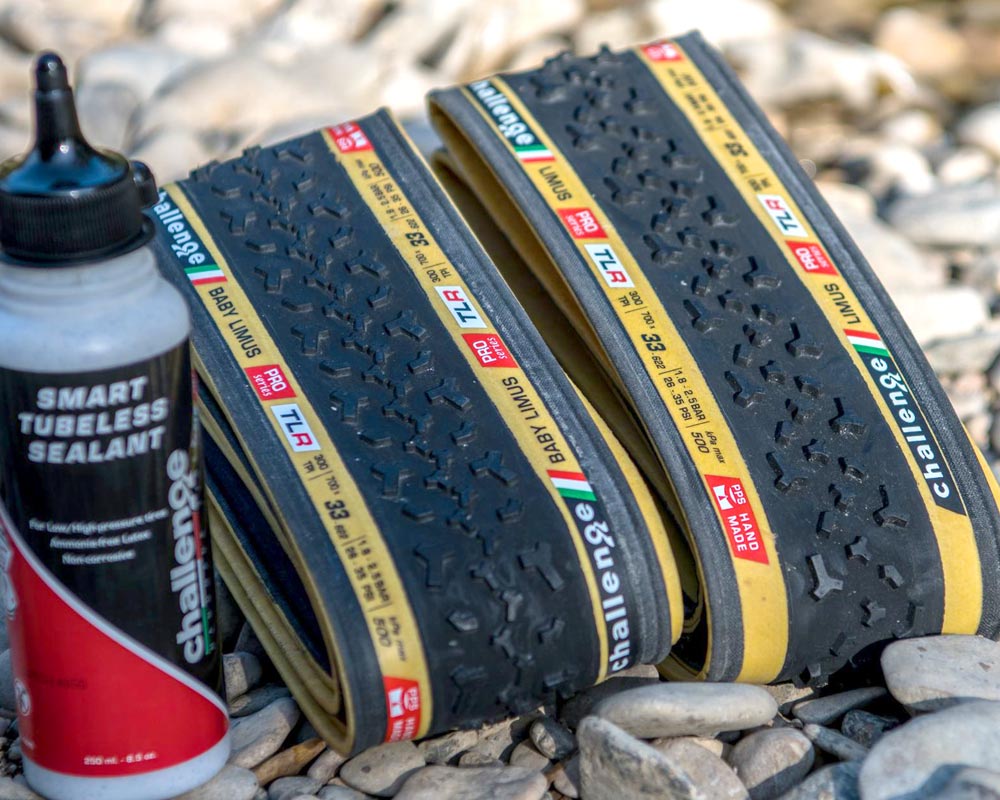
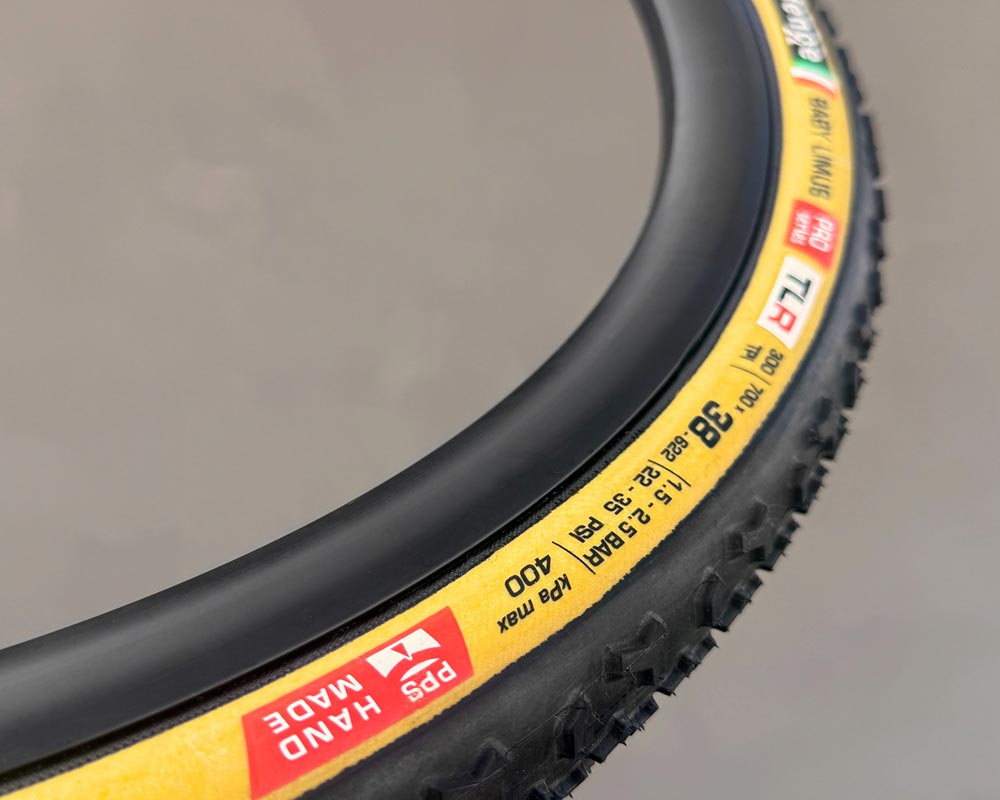

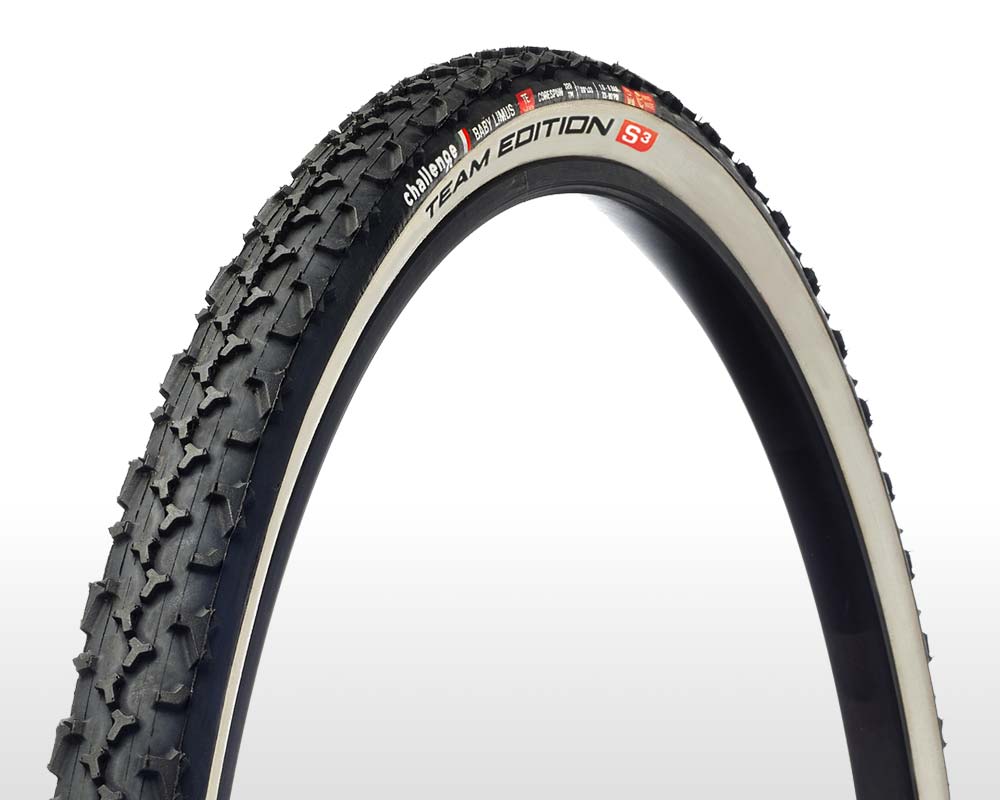



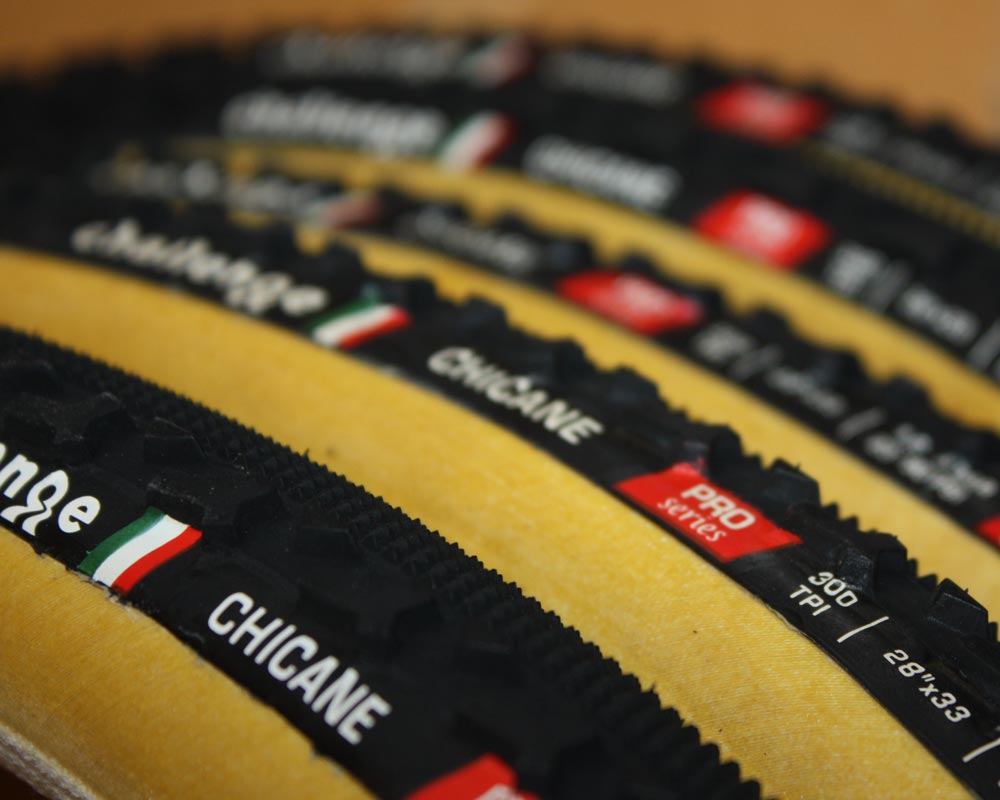
Challenge Athletes Shine in Europe and America!